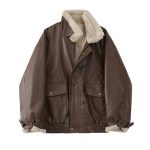Introduction to Formal Attire
When it comes to formal events, the right attire is key. In the realm of formal wear, the distinction between tuxedo vs suit often brings confusion. Both garments hold significance, but their appropriate context varies greatly. Tuxedos are typically reserved for more formal occasions, such as black-tie weddings or gala dinners. They feature recognizable satin lapels and a polished, sophisticated aesthetic that sets them apart. This distinctiveness commands attention and conveys a sense of elegance.
On the other hand, suits present a more versatile option. Suitable for various settings, from business meetings to semi-formal gatherings, they blend professionalism with elegance. The fabric in a suit is usually uniform, lacking the satin accents found on a tuxedo. This makes suits a go-to choice for a variety of dress codes.
Understanding when to wear a tuxedo versus a suit is crucial for projecting the right image at any event. Whether attending a prom, a corporate event, or a high-profile ceremony, knowing the differences can guide your sartorial choices. In this guide, we’ll delve into their historical evolution, key differences, and ideal occasions for each type of formal attire. You’ll learn how to choose the best option for your next upscale event.
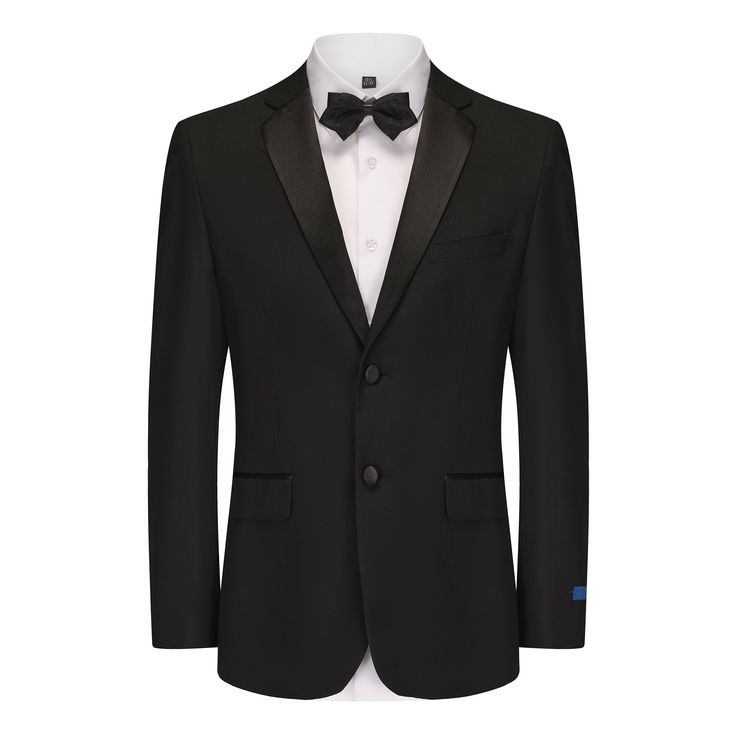
The Historical Evolution of Tuxedos and Suits
Understanding how tuxedos and suits evolved gives us insight into their role in today’s fashion. Tuxedos have roots in Victorian England. A man named Henry Poole created the first tuxedo for the Prince of Wales in the late 1800s. This garment was a simplified version of the tailcoat and was intended for informal dinner parties. It became popular in the United States when a group of men wore it at the Tuxedo Park Club in New York, giving the tuxedo its name.
Suits have a broader history, tracing back to 17th-century Europe. Originally, they were part of royal wardrobes, signifying status and power. Over centuries, suits evolved from elaborate, embroidered costumes to the streamlined design we know today. By the 19th century, suits became a staple for the everyday gentleman. They have since been a symbol of professionalism and are now a common sight in offices and at semi-formal events.
Through the 20th century, both tuxedos and suits saw variations according to trends and occasions. The ‘Roaring Twenties’ introduced more glamorous styles, while the ‘Swinging Sixties’ brought about mod suits. In recent times, fashion has continued to influence the cut, color, and fabric of these formal pieces. Yet, the tuxedo remains the pinnacle of formal attire, and the suit stands as an everyday symbol of class and respectability.
Key Differences Between Tuxedos and Suits
When preparing for an event, one of the first decisions to make is whether to wear a tuxedo or a suit. This choice ultimately hinges on specific details that distinguish the two. Tuxedos are characterized by the use of satin on the lapels, buttons, and often along the side-stripe of the trousers. This satin adds a shimmering contrast to the otherwise matte fabric, creating an eye-catching effect. In contrast, suits generally feature matching fabric for the lapels and buttons, with no satin embellishments, resulting in a more uniform and understated appearance.
Accessories and Details
Another defining feature of tuxedos is their traditional use of a cummerbund or waistcoat. This accessory elevates the overall look, giving it a polished finish. Suits, however, are usually worn with a belt and may not require any additional waist accessories. The shirts complementing tuxedos are typically designed with a pleated front and are often paired with cufflinks, underscoring their formal nature. On the other hand, suits can be worn with a simple button-up shirt, a tie, or even an open collar for a more relaxed vibe.
The Tie Dilemma
The type of tie worn is another area where tuxedos and suits diverge significantly. Tuxedos traditionally call for bow ties, which align seamlessly with their sophisticated aesthetic. These ties reinforce the formal vibe that tuxedos embody. Conversely, suits offer a versatile range of tie options. From slim modern cuts to traditional wide ties, you can adapt your choice based on personal style and the event’s atmosphere.
Footwear Choices
Footwear is also an important consideration when it comes to distinguishing zwischen tuxedos and suits. Tuxedos are typically completed with shiny patent leather shoes, which complement the formal appearance. In contrast, suits can be paired with a variety of shoes, including classic leather dress shoes or more relaxed dressy loafers. This versatility allows for greater personal expression.
Time and Location Matters
Lastly, it’s crucial to consider the time and location of the event when choosing between a tuxedo and a suit. Tuxedos are generally reserved for evening occasions held after 6 PM, where they enhance the overall formality. They often look out of place during daytime events. In contrast, suits are far more adaptable, making them suitable for both daytime gatherings and less formal evening events.
By understanding these key differences, you can confidently make an informed decision on whether a tuxedo or a suit is the right choice for your upcoming occasion.
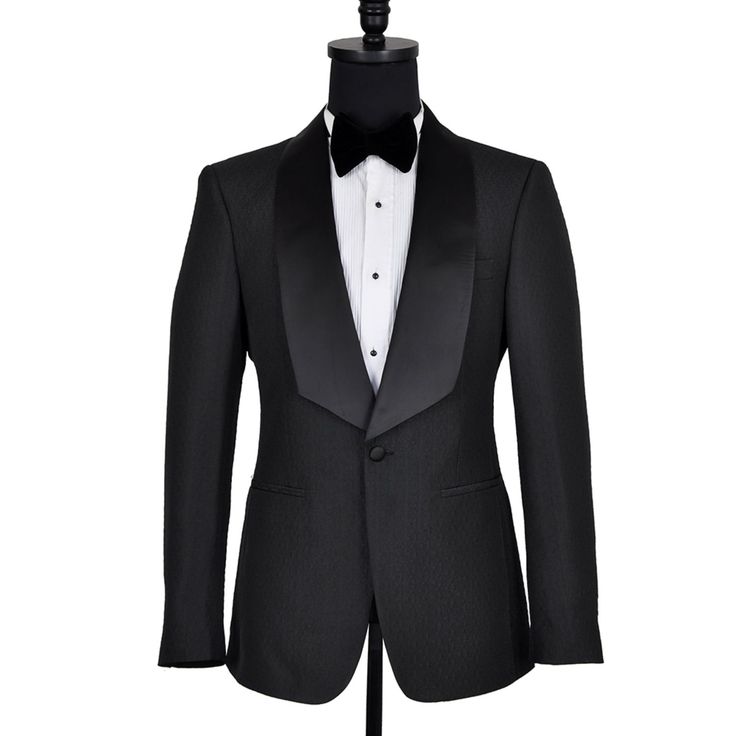
Occasions for Wearing a Tuxedo Vs. Suit
Selecting the appropriate outfit for an event is crucial and largely depends on its formality. Tuxedos are specifically designed for black-tie affairs. These events are high-end in nature, including elegant balls, formal weddings, and gala dinners. At occasions where sophistication and elegance are paramount, a tuxedo is the optimal choice. If you find yourself with an invitation that specifies “black tie,” you should confidently opt for a tuxedo to meet the expectations of the event.
In contrast, suits offer a much more common and versatile option. They are suitable for a wide array of occasions, such as business meetings, casual weddings, or relaxed dinners with friends. If the environment is professional or falls into a semi-formal category, choosing a suit is a smart decision. Additionally, suits are fitting for daytime events or any gathering that is not overly formal. This versatility makes suits a go-to for many occasions where a tuxedo might seem excessive.
Timing Matters: Day vs. Night
When considering your attire, it is essential to think about the time of the event. Tuxedos are typically reserved for evening occasions, usually starting after 6 PM. Wearing a tuxedo during daylight hours is uncommon and could come across as inappropriate. By contrast, suits are acceptable attire for any time of day, making them a flexible option whether the sun is shining or the stars are out.
Clarify Uncertainties: Ask the Host
If you find yourself uncertain about what to wear, it is always wise to ask the host. Some events may have specific dress codes that are not immediately clear from the invitation. By reaching out for clarification, you avoid any potential fashion faux pas. Remember, in matters of attire, it’s generally better to be slightly overdressed than underdressed. Arriving in a smart outfit helps you feel confident and poised.
Understanding Event Expectations
Every event comes with its unique set of expectations, and knowing whether to choose a tuxedo or a suit stems from an understanding of these norms. By aligning your attire with the occasion, you not only respect the event’s tone but also display your fashion savvy. Being mindful of these nuances enhances your overall presence and contributes positively to the atmosphere of the gathering. Choosing wisely between a tuxedo and a suit is a reflection of your respect for both the event and its hosts.
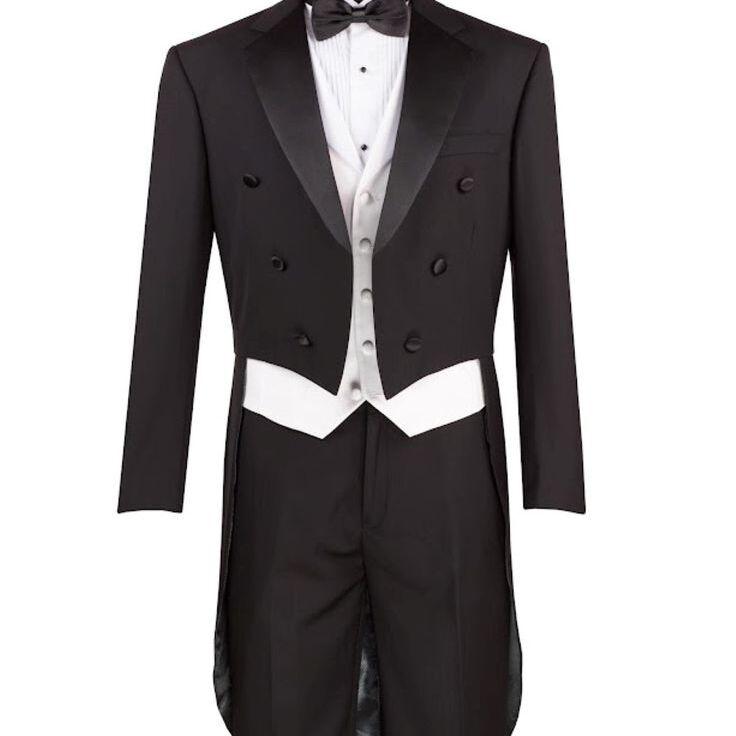
How to Decide Between a Tuxedo and a Suit
Deciding between a tuxedo vs suit for an event can be straightforward with the right information. Here’s how to choose:
- Assess the formality of the event. Tuxedos are a must for black-tie functions. Suits are more flexible and work for semi-formal to casual events.
- Check the invitation. Look for dress code terms. ‘Black tie’ suggests a tuxedo, while ‘business attire’ typically means a suit.
- Consider the time of day. Tuxedos are for evening events after 6 pm. Suits fit any time of day.
- Think about your role. Are you a guest, or do you have a special role like a groom or best man? A tuxedo might be expected for central figures at formal events.
- Reflect on the venue and setting. An upscale venue at night leans toward a tuxedo. A daytime garden wedding is suit territory.
- Evaluate your wardrobe. If you attend many formal events, investing in a tuxedo could be wise. Otherwise, a well-tailored suit can be versatile.
- Seek advice if unsure. If you can’t decide, ask the host or consult with a professional for guidance.
Remember, adhering to the dress code respects the occasion and shows that you understand event etiquette. Ultimately, the right choice will make you feel confident and look appropriate for the event’s level of formality.
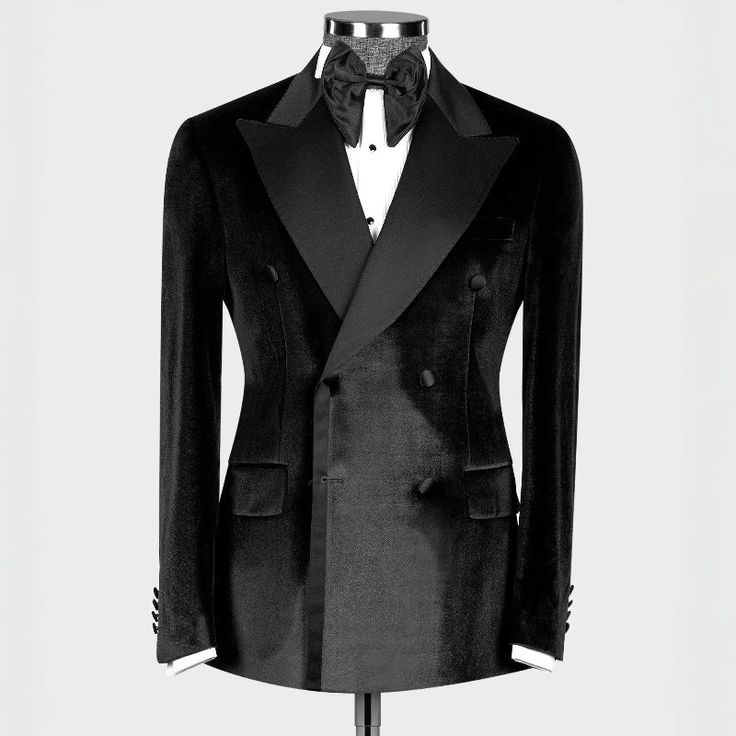
The Impact of Fabric and Fit in Choosing Between Tuxedo and Suit
Choosing between a tuxedo vs suit is not just about the occasion. Fabric and fit play crucial roles as well. Let’s break down how these aspects impact your decision.
Firstly, tuxedos often use higher quality fabrics like wool or silk blends. These materials give a rich sheen and elegant drape that suit formal events. Suits, while still high-quality, tend to use more practical fabrics. Wool, cotton, and polyester blends are common. They offer durability and comfort for everyday wear.
Fit matters just as much as fabric. A tuxedo should fit perfectly, hugging your body contours with precision. It should look sharp and structured. For suits, there is some room for a relaxed fit. Of course, a well-tailored suit can be just as flattering. But suits allow a bit more wiggle room for personal comfort.
When picking a tuxedo vs suit, touch the fabric. See how it feels and moves. And always try on attire to check the fit. The last thing you want is a baggy tuxedo or a too-tight suit.
Remember, you can alter both tuxedos and suits to get a better fit. A custom-tailored outfit can make a world of difference. So consider your budget and time for potential adjustments.
Pay attention to fabric and fit to look your best. Whether it’s a sleek tuxedo for a gala or a classic suit for a business meeting, the right pick can enhance your appearance and boost your confidence.
Accessorizing Your Formal Wear: Tips for Tuxedos and Suits
Accessorizing can elevate your formal wear to the next level. Whether choosing a tuxedo or suit, the right accessories are vital. For tuxedos, traditional pieces include a cummerbund, bow tie, and patent leather shoes. Opt for silk or satin to match tuxedo’s sheen. Cufflinks and a pocket square can add a touch of sophistication. Stick to classic colors like black, white, or silver for a timeless look.
Suits allow more freedom in accessories. A leather belt, long tie or bow tie, and dress shoes complement the look. You can express individual style with colorful or patterned ties and pocket squares. Watches and subtle jewelry also work well with suits. Remember the occasion’s tone. Go for bolder accessories for casual events and understated ones for formal settings.
In all cases, ensure accessories are in harmony with the overall outfit. They should not distract but rather enhance the attire. Quality matters, so choose durable and classy options. Paying attention to these details can make you stand out for the right reasons.
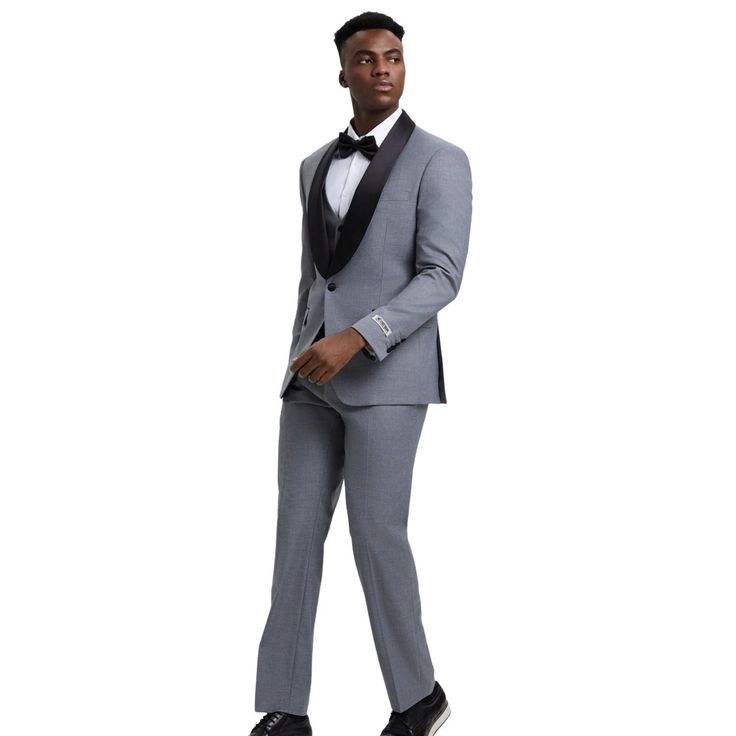
Customization and Tailoring: Perfecting Your Formal Look
When facing the tuxedo vs suit dilemma, customization and tailoring are crucial. They ensure a fit that complements your body type and enhances your appearance. Here’s what to keep in mind when perfecting your formal look:
- Go Custom: If your budget allows, consider a custom-made tuxedo or suit. It means starting from scratch to match your exact measurements. Custom pieces highlight your personal style and guarantee a unique fit.
- Tailored to You: A good tailor can adjust an off-the-rack garment to your body. This could involve hemming trousers, adjusting the jacket waist, or altering sleeve length. Small changes make a big difference in how polished you look.
- Know Your Body: Understand your body shape. A tailor fits the garment to enhance your best features and downplay the ones you’re less fond of. For broader shoulders, a tailored fit can create a sleek silhouette. For a slimmer build, the right adjustments add presence.
- Fabric Choices: When customizing, pick a fabric that suits the event and the season. Heavier wools for winter events; lighter materials like linen or tropical wools for summer.
- Detail Matters: Customization lets you decide on lapel shapes, pocket styles, and even linings. These details personalize your attire and set you apart.
By investing in customization and tailoring, you take control of your formal wear. A tailored tuxedo or suit not only fits better but also boosts your confidence. When your attire looks great, you feel great, making any formal occasion more enjoyable.

